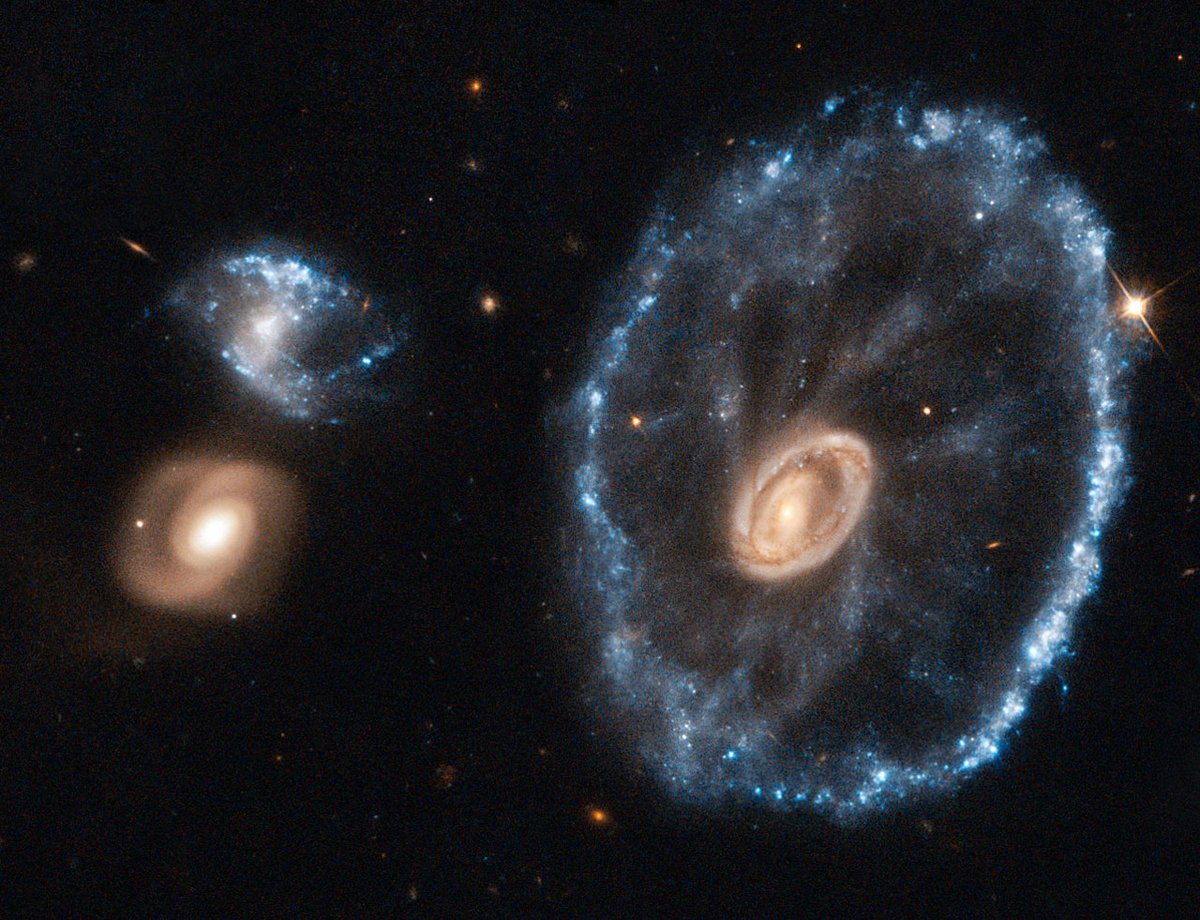
2/ Webb is renowned for its mid-infrared capabilities provided by #MIRI. Mid-infrared light, with wavelengths between 3 & 30 micrometres, allows us to see the Universe in a specific way, with objects that appear dark at visible wavelengths shining brightly in the mid-infrared.
3/ “It's such an exciting wavelength range in terms of the chemistry that you can do, and the way you can understand star formation and what's happening in the nuclei of galaxies,” says Gillian Wright, the Principal Investigator for the European Consortium behind #MIRI
4/ But getting #MIRI on Webb was not easy — from including the mid-infrared wavelengths in Webb's capabilities, to collaborating across different work cultures and dealing with many constraints such as operating temperature and available space.
5. Learn more about MIRI, its development, and what the instrument has in store for us here: esa.int/Science_Explor…
📷 @ESA @esa_webb @NASA @csa_asc J. Lee and the PHANGS-JWST Team.
Acknowledgement: J. Schmidt
📷 @ESA @esa_webb @NASA @csa_asc J. Lee and the PHANGS-JWST Team.
Acknowledgement: J. Schmidt
• • •
Missing some Tweet in this thread? You can try to
force a refresh














